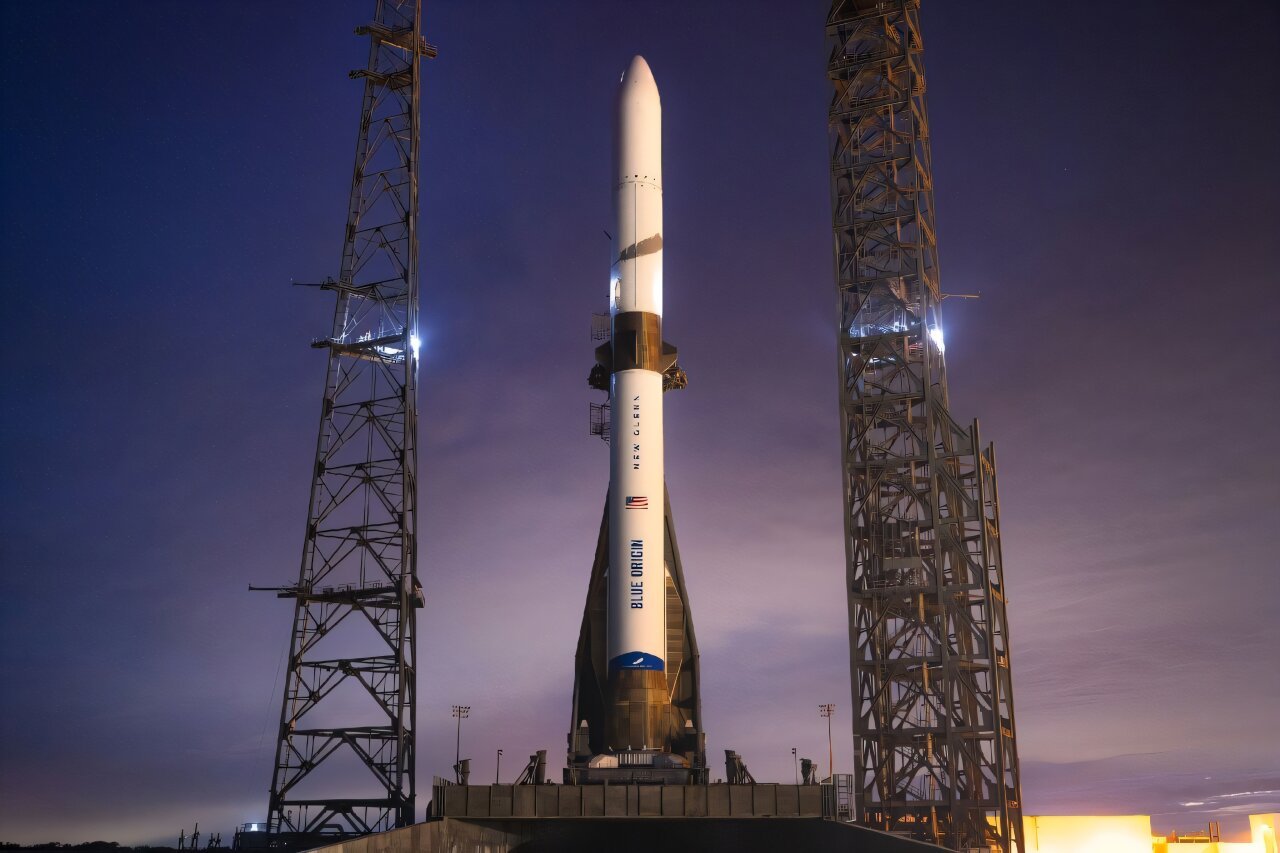News Flash
News Flash

WASHINGTON, Jan 13, 2025 (BSS/AFP) - Blue Origin, the US space company
founded by billionaire Jeff Bezos in 2000, is poised for a historic first:
its maiden voyage into orbital space with a brand new rocket, New Glenn.
Here are five key things to know about the heavy-lift vehicle aiming to
challenge SpaceX's dominance in the commercial space market.
- Homage -
New Glenn honors a legendary astronaut: John Glenn, the first American to
orbit Earth in 1962.
It follows in the steps of New Shepard, Blue Origin's first rocket which was
named for Alan Shepard, the first American in space.
Standing 320 feet (98 meters) tall -- roughly equivalent to a 32-story
building -- New Glenn is both larger and more powerful than its smaller
sibling, which is used for suborbital space tourism.
- Heavy-lift -
New Glenn is classified as a "heavy-lift launcher," capable of placing
substantial payloads into low-Earth orbit. It is expected to carry up to 45
tons into orbit.
That is more than double that of SpaceX's Falcon 9, which can lift around 22
tons, though it falls short of the Falcon Heavy's 63.8-ton capacity.
However, New Glenn has a unique edge: its wider payload fairing, which can
accommodate larger objects.
It "has the largest capacity to put objects in space, large objects" as a
result of its wider payload fairing, Elliott Bryner, a professor at Embry-
Riddle Aeronautical University, told AFP.
- Swiss knife -
Its versatility means New Glenn could become a "Swiss Army knife" of rockets,
capable of deploying a diverse array of payloads to both low and higher
orbits.
These are set to include commercial and military satellites -- as well as
Project Kuiper, Bezos's planned space internet constellation, to compete with
SpaceX's Starlink.
New Glenn also has the potential to carry crewed spacecraft, notes George
Nield, president of Commercial Space Technologies. "One other potential use
is for commercial space stations," he adds.
With the International Space Station slated for decommissioning in 2030, the
race is on to develop replacements. Blue Origin is among the contenders vying
to build the first privately run platform.
- Partially reusable -
Like SpaceX's Falcon 9, New Glenn features a reusable first-stage booster --
designed for up to 25 flights -- and an expendable second stage.
But to reuse the rocket, Blue Origin first has to land it. The company has
mastered the technique with its much smaller New Shepard rocket, which
touches down on solid ground. However, reusing New Glenn will require a
successful landing on a drone ship stationed in the Atlantic Ocean.
This is no small feat: It took SpaceX six years to perfect the maneuver with
Falcon 9 after its debut launch in 2010.
"Landing a rocket like this, the way they're doing it, is definitely not
simple," said Bryner. "The level of technology required to do this is
unbelievable."
Yet achieving reusability is crucial to reducing costs and broadening access
to space, added Nield.
- Higher tech -
Under the hood, New Glenn's propulsion system represents a step up.
The first stage is powered by liquid methane, a cleaner and more efficient
fuel than the kerosene used in both stages of Falcon 9.
Its second stage uses liquid hydrogen, an even cleaner and more powerful
fuel, though more challenging to handle due to its cryogenic properties.
"It's the difference between driving a, you know, a Ferrari or a Volkswagen,"
William Anderson, a professor of aeronautics and astronautics at Purdue
University told AFP, comparing the technology behind New Glenn and Falcon 9.